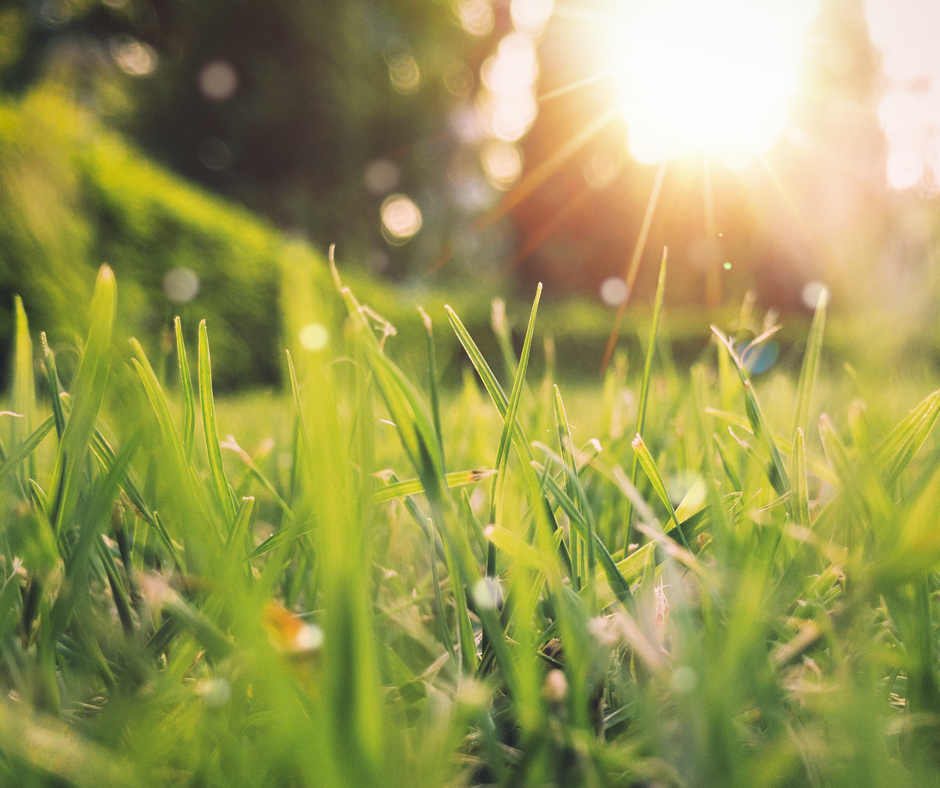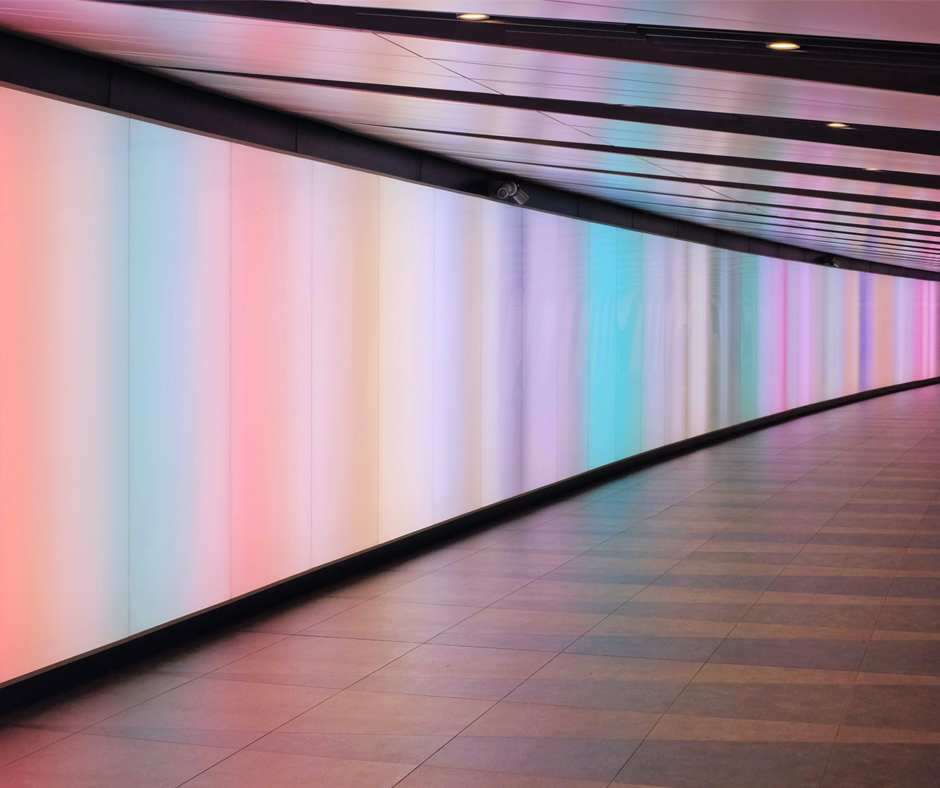
Last month, Creative Industries Federation and Creative England CEO, Caroline Norbury, MBE had the pleasure of having her portrait painted by emerging London-based artist, Samira Addo. Caroline was invited by Sky Arts to take part in its Lockdown Portraits series, celebrating how important the arts have been throughout the pandemic to both creators and consumers.
test
Ahead of the series launch, we catch up with Samira and Caroline to find out more about their experiences from either side of the canvas, what their perspectives are on the future of the arts, and what they see for the future of the creative industries. We also tap into why arts and culture should be accessible to all, and why Caroline believes it to be “a basic human need”.

How has the pandemic impacted your art?
Samira: In preparation for my studio closing, I moved most of my painting stuff home, and I was painting from home. That meant I was still working on commissions but I had planned to do a solo exhibition that year and had to cancel that. I couldn’t work on any large paintings. It was just small paintings that I could work on at home, so it affected me in that sense. I think as well, at the beginning, I found it hard to be motivated and I ended up experimenting with some other creative things, and taking a bit of a break from painting.
What have the past 18 months taught you about creativity?
Samira: That it can come in different forms and it may need a break at times. It can be something that doesn’t have a specific purpose, you can just indulge in the moment of being creative. So for me, my creativity is my work but it can be something that doesn’t have to have a purpose. It can just be because I enjoyed the process.
How do you think the collective experience of art will be impacted moving forward?
Samira: I don’t know if I could say people would lean more towards digital, but I do think that that’s going to play a larger role. During lockdown, a company called The Net Gallery actually started doing 3D scans of studios. They created virtual video tours of exhibitions and studios. I think that’s a really, really cool thing moving forward. For someone that maybe can’t travel or can’t have that physical experience, it’s nice to have an alternative.
I also feel like during lockdown, a lot of people did turn to art that didn’t usually, and really indulged in painting and those kinds of things. I know it’s probably unlikely that it will be consistent afterwards but I think there’ll be a different sort of respect for creativity and art moving forward. I think it’s definitely respected in a different way.
Why do you think it’s so important that creative arts are accessible and free for everyone?
Samira: I feel like just having a creative outlet is important. I guess it’s about mental health and also having an expression or an outlet for self, and being in a state of peace with yourself and what you’re doing. I feel like there’s not a lot of room for that sometimes in normal lifestyles, to kind of indulge in stuff that just makes you feel like you. Everyone should be able to have that sort of outlet for their mental health and for their state of being.
Can you tell us about your creative process and how it developed?
Samira: I generally work from photos – that’s pretty much how I started off painting. I’m usually drawn to and attracted to images and expressions that have some sort of intrigue. So, expressions and faces that I’m drawn into thinking about what they’re thinking about, what’s going through their head, and what emotions they’re displaying.
From the point of selecting what image I’m going to use, I then think about the vibe of the painting itself; what kind of direction I want to go in. Then I think about colour palette as well. From there, I sketch briefly or I start painting straight away. I have a kind of instinct as to how the paintings going to go. It’s quite obvious from the beginning if it’s free-flowing, or if it’s going to be a bit challenging along the way.
How was your experience painting Caroline’s portrait?
Samira: In the process of painting, I actually switched photos. I started off with one and it wasn’t quite working out. I decided to abandon ship with that one and start afresh. It’s quite sad to not be able to persevere with a particular painting and it comes to that acceptance that okay, you just have to start again. But also, it’s kind of nice, sometimes, having that challenge.
When it came to the second one, I already felt like it was flowing a lot easier. I really liked what I was doing with the colours and the combinations of the colours. It was really obvious that [Caroline] had a particular liking for certain colours, and she wasn’t afraid of bright colours. It was nice to be able to use that as inspiration for my colour palette choice.
How did you go about capturing Caroline and combining that with your unique creative style?
Samira: When it comes to taking photos, I kind of go through them and I select them based on, first of all, if I find I’m drawn to the expression, but also, I really have a hard think about if it matches up with an impression I got when I was with her. I tried to link the image that I saw with how I felt about her. I let my impressions influence everything – so, influence the photo choice, the colour choice, and even the vibe and the style of [the painting].
How did you feel when you were waiting to see her reaction?
Samira: I’m always nervous before a reveal. Somewhat excited too, but I’m very precious about the person who I’m painting liking or appreciating the painting. I always would love for that to be the case but obviously, I’m aware that it’s kind of out of my control by the time I finish the painting. It’s quite nerve-racking waiting for the response.
—
Now, let’s take a look at life from the opposite side of the lens and find out what Caroline Norbury had to say about the experience:
How did you feel when Samira’s portrait was unveiled?
Caroline: I was pretty speechless at first. It’s a very intense and serious painting and I always think of myself as quite a light and positive person. I think Samira managed to capture a side of me that even I don’t see very often – the serious side. She really got into my soul.
When Samira and I first met, she came to my house and we wandered around trying to find somewhere to pose so she could take some pictures and do some sketches. What she captured in the painting was also the colours in my home. She managed to get to a part of me that is really quite private. I think she managed to do that because she’s a very quiet but quite intense person, and you feel very safe with her.
I was able to open up quite a lot to her about things that I’ve done in the past and stuff that I’m really passionate about. I think she’s definitely captured some of those things in the painting.
Why do you believe it’s so important that the arts are accessible and free for everyone?
Caroline: I think the arts and culture have the propensity to change people’s lives. I think they give you so much joy but they also – whether you like theatre, music, visual arts or dance; whether you’re a performer, a musician, or whether you’re just a spectator – I think the power of culture is that it sort of weaves its way into your soul. It finds something that’s very you, and it allows you to be the best of you. It allows you to open yourself up.
I can’t think of any other thing in the world, really, that does that. That’s why I think culture is so important, not just for special occasions but as a basic human need. I think we all need that light in our lives.
In a post-pandemic world, what do you think is going to help the creative industries flourish most
Caroline: I think post-pandemic, we have to be really careful not to forget all the lessons that we’ve just learned. In the middle of the pandemic, I was in so many conversations where people were talking about making sure we addressed structural inequalities, that we worked together more, that our country needed to be more united. I think it’s really, really important to make sure that we remember that that’s how we felt not that long ago and that we don’t go back to business as usual.
What the pandemic showed was that there were huge structural inequalities in our country – and that’s not just within our arts and culture, but within our communities overall. The arts and the creative industries do have the power to bring people together. I really hope that we maintain that commitment and that energy as a sector, whether we’re hugely profit-making or a grassroots community organisation, and that we all understand the power of being stronger by working together.
Related stories

